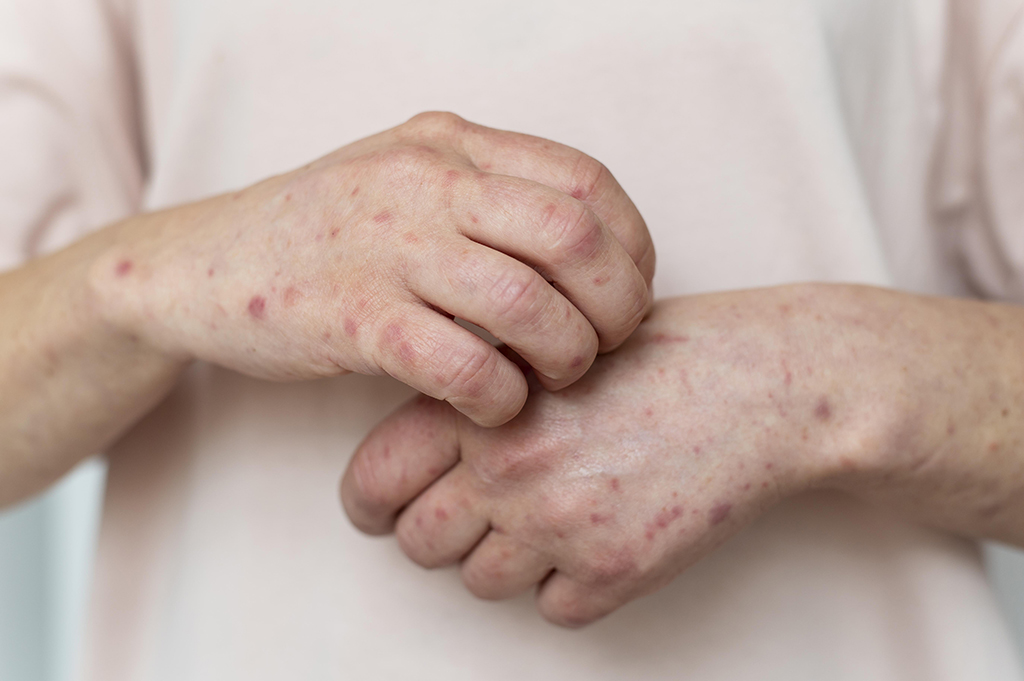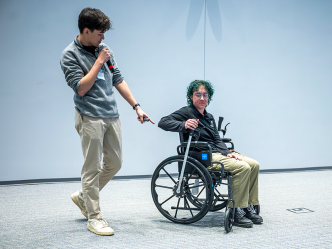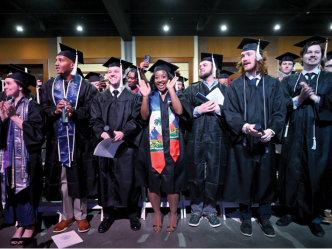Measles is one of the topics in the dental microbiology class taught by Suzanne Mathis as part of the Dental Hygiene Program in the Department of Allied Health Professions in Augusta University’s College of Allied Health Sciences.
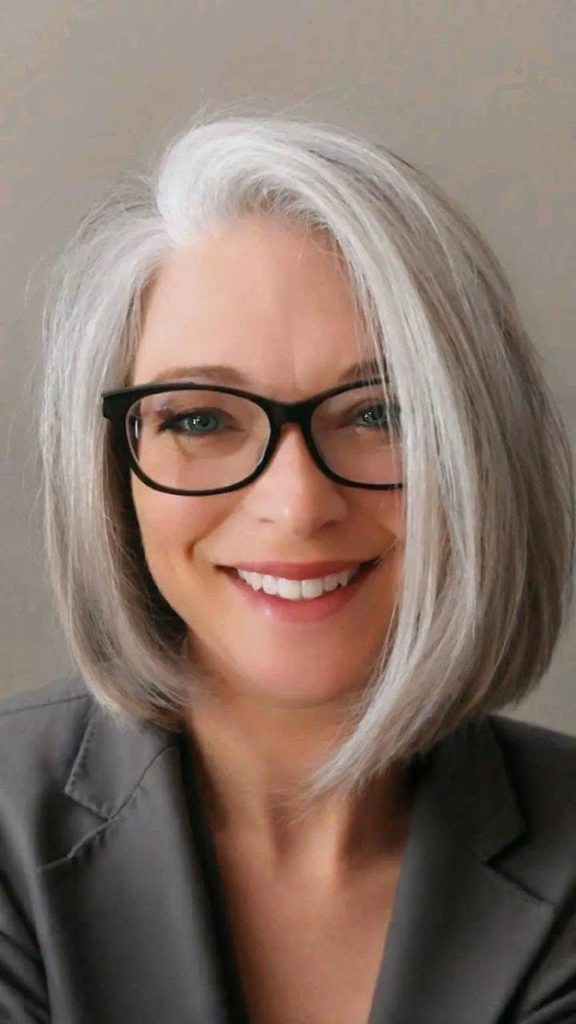
Mathis saw news articles about outbreaks occurring in different parts of the United States and was curious as to why measles was making a comeback. Since measles has oral signs and symptoms and is passed via respiratory droplets and aerosols, both of which relate to dentistry, she decided to investigate further.
She began her research in November and finished around mid-March. Her third paper, “The Re-Emergence of Measles,” was published by Dimensions of Dental Hygiene in the May/June edition.
Mathis said most people not in the medical or dental field might not associate measles and a visit to the dentist. She learned through her research that the measles virus can live on surfaces for two hours and that states have varying requirements on documentation of childhood vaccinations for children to start school. Many allow exemptions (medical, religious or personal), which also decreases the percentage of students vaccinated against measles, lowering the 95% standard that is needed for herd immunity.
“I don’t think many of those same people know that measles is passed by respiratory droplets like coughing and sneezing or that people are contagious four days before the rash appears and four days after,” said Mathis, who was also spotlighted with a Sunstar ebrief on the publication’s website. “I also learned that it is recommended to restrict access to areas where a suspected measles patient has been. This allows any airborne droplets to settle, then surfaces can be cleaned with an approved disinfectant.”
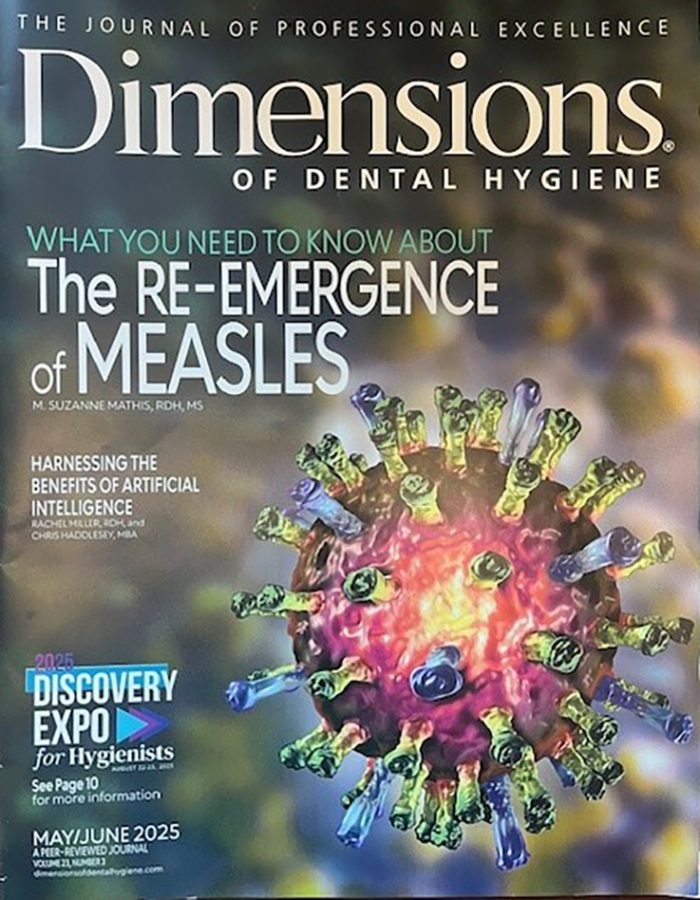
When Mathis began exploring the topic, she started researching to see whether there had been any measles articles published in the dental hygiene magazines recently, but she didn’t find anything current. Once she was close to finishing her research, she contacted the journal’s editor, Kristen Machado, who responded and said she was interested in her submission but wanted it to be a continuing education course instead of just an article.
“CE articles are usually a little more detailed and longer in length, so I had to go back and add more before it was sent for peer review,” Mathis said. “I didn’t know until the issue was published and I received my complimentary copies in the mail that my article made the cover.”
Mathis said the spotlight was a nice surprise in addition to her publication. It mentioned her work in helping integrate local anesthesia at Augusta University and within Georgia. She said, along with her department peers, they are working tirelessly to provide a course that meets the expectations of not only their students but also the dentists who have come to respect the quality of AU graduates and to meet “the high expectations we put on ourselves.”
“It reflects a commitment to ensuring that our students are competent, current and confident and are ready to meet the demands of modern dental care. We are always up for a challenge,” she said. “I love being an educator, but I also still love to learn. I’ve been a hygienist for 22 years and found myself as the student last summer learning how to give injections. It’s exciting to be at the forefront of teaching local anesthesia to our students. Our new grads will have a skill that past grads didn’t have the opportunity to learn while in our program.”
 Augusta University
Augusta University
